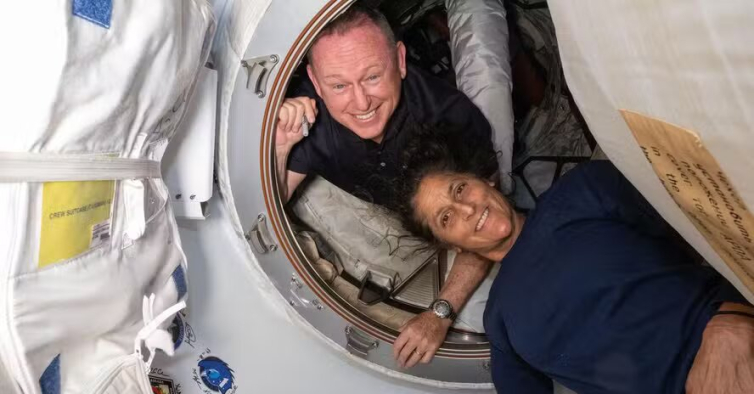The Tough Daily Training That Helps Save the Lives of Astronauts Trapped in Space
Routine is crucial to keeping your muscles active, a task that will last much longer than expected.

The astronauts remained in orbit for two months.
By now everyone has heard of Butch Wilmore, 61, and Suni Williams, 58, the astronauts who have been in orbit since June, after a mission that was supposed to last just a week failed. The stay lasts for two months and could last until February.
It all stems from a failed propulsion system and a loss of helium that prevented the Boeing capsule that took them there from returning them to Earth. If NASA can’t fix those problems, the Americans may have to wait for SpaceX’s spacecraft, which won’t arrive until February 2025.
This is something that everyone knows. What most people don’t realize is that a long stay on the International Space Station can cause problems for the body, especially the muscles. All because there is no need to fight gravity and so the muscles remain inactive.
The longest stay in orbit belongs to Valery Polyakov, a Russian cosmonaut who stayed on the station for 437 days in the mid-1990s, and it doesn’t take that long for the human body to start registering changes. The lack of tension our bones use leads to demineralization and a consequent loss of strength.
For every month they spend on board, astronauts can lose about 2% of their bone mass, increasing the risk of fractures or musculoskeletal injuries. The strange fact is that when they reach the ground, it is common for them to be taller, because the spine lengthens slightly.
In this particular case, Wilmore and Williams are both former Navy pilots and not new to zero gravity. Butch had already flown three missions, and Sonny had four expeditions and several space flights to his credit. What I had never experienced was spending so much time in a space environment.
“Butch and I have been here before, and it feels like home. It’s great to be here, so I’m not complaining,” Williams said in July.
Food shortages are not a concern, as the station always has a reserve of nutritional supplements for such situations. The meals are prepared at the Space Dietetics Laboratory in Houston, USA, and transported by ship. The last delivery was on August 6.
While some of the foods are dehydrated, others just need to be heated: you can choose between roast beef, eggs, vegetables, bread, and some sweet and salty snacks, for a total of 2,500 calories you should consume daily. As for water, the station has a system to recycle urine into drinkable water.
As for training, NASA has revealed the astronauts’ routine, which includes two hours of physical activity a day, which is crucial to maintaining muscle mass levels. The station has a gym with equipment such as an exercise bike, a zero-gravity treadmill, and a machine where you can do weightlifting exercises. Since there is no gravity, it is necessary to use devices such as elastic bands to make the execution possible.
While they can't go home, Butch and Sonny keep busy helping the remaining crew and healthcare is not forgotten. Although there are uncontrollable situations, such as radiation exposure, maintaining adequate food supplies is ensured, as is the availability of proper equipment to keep the body active.

“Coffee trailblazer. Social media ninja. Unapologetic web guru. Friendly music fan. Alcohol fanatic.”
